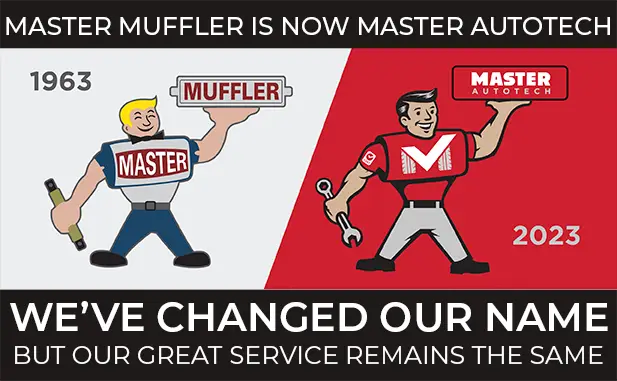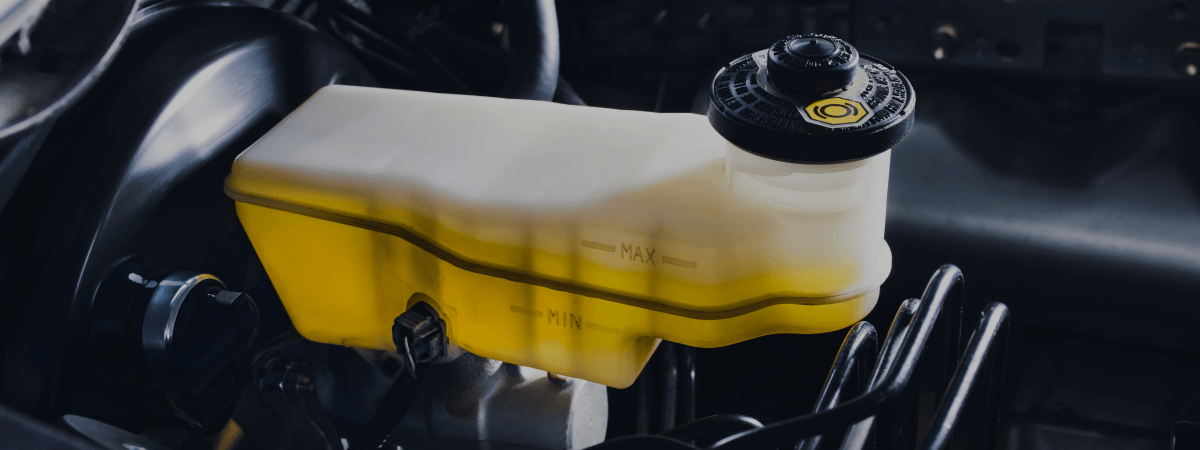
There is an unfortunate perspective that auto technicians, in general, will utilize unsavory tactics in order to drive up the price of their customer’s bill. In fairness, it can certainly seem this way when you go in to have your oil changed and you leave having paid for three other things that you didn’t know were “right on the edge” of becoming a problem. Perhaps the components most indicative of this phenomenon are the car’s various filters, which must be checked each time you come in for a car repair. For the layman who is unfamiliar with the purpose of these filters, the fact that they get presented for judgment each time they walk into the shop may cause confusion as to what exactly the filters do and whether they can be relied upon.
Of course, the filters actually are quite important and do require a regular inspection to determine whether they should be replaced. This is because if they fail, they could allow harmful particulates into the workings of the vehicle that could ultimately cause them to get damaged and break. Let’s explore what these filters are—where they go and what they do—and how to know that it’s actually time to replace them.
Various Filters For Various Jobs
When your Sandy car repair technician approaches you with a filter in their hands, it will be one of four different types of filter. Each filter will look slightly different from one another, though two pairs will look more similar to one another than to the other style of filters available. To be more specific, the four filters are:
- The Cabin Filter
- The Air Filter
- The Oil Filter
- The Fuel Filter
Both the cabin and air filters are generally wide boards with ridges on them that can be slotted into their respective sections of the car; the oil and fuel filters are cylindrical with small ridges on them for a more stringent mode of straining. Each filter has its own timespan of effective use. Your Master Muffler technician will check each one of these according to the date of your last service.
The Cabin Filter
The cabin filter is perhaps the most recognizable filter, as it strains the air that enters the area of the car where the driver and passengers sit. The air that blows through the air conditioning/heating vents will pass through this filter. The cabin filter performs a few essential functions:
- It cleans the air you breathe: Microscopic troublemakers like pollen, bacteria, dirt, and dust get caught in the cabin filter, ensuring that you (and your allergies) don’t have to deal with the health hazards of these particles.
- It extends the life of the A/C system: Ultimately, these filters protect the car’s various systems from the harm of cycling particulate matter. By ensuring that those particles don’t end up in the A/C system, the car will be able to blow hot and cold air for much longer without issue.
You’ll know it’s time to replace the cabin filter if there are too many large objects (such as leaves or bugs) in the folds, or if they are uncommonly dirty. If your car vent is unable to adequately defog your windshield, that might be a sign that the filter is clogged and needs to be changed, as well.
The Air Filter
An important element in how the engine processes fuel to make the car move, the air filter ensures that the oxygen brought into the internal combustion chamber is clean. For these types of engines that run off of the controlled explosion of gas and fire, the process begins first with the introduction of an air-fuel mixture into the cavity of the engine. As the air grows denser with this mixture and the chamber becomes smaller due to the pistons moving a plunger up and down towards a spark plug, the compression of this mixture will ignite on the plug and create an explosion that will continue to move the pistons and driveshaft that keep the car going.
- This air-fuel mixture must be free of as many harmful particles like dirt, rocks, sand, or insects as possible. This is because the resulting explosion and movement of fumes through the exhaust system could harm the car’s components if there were actual hard objects to collide with the side of the engine.
You’ll notice that it may be time to replace the filter if your car’s gas mileage has begun to decrease. This could be a result of the car being unable to get the full benefit of the fuel due to the harmful substances floating past the clogged filter. You may also see black smoke issuing from the exhaust pipe; this is another sign that the air filter is ready to be changed.
The Oil Filter
Your engine oil is one of the most important components to the proper functioning of your engine. This oil keeps all the various parts of the engine lubricated and running smoothly. Much like how foreign objects in the combustion chamber of the engine could damage it, if the oil used to coat the engine is full of grainy particles, they could literally wear down the engine’s parts. This could cause it to fail much sooner than it should.
- An oil filter helps keep the engine clean. Eventually, the oil will become dirty after so many cycles over and through the engine, which is why our Sandy car repair technicians suggest getting the oil changed every 10,000-15,000 miles. A good oil filter will prolong the need for constant maintenance.
The Fuel Filter
Working in conjunction with the air filter, the fuel filter works on the gas side to remove dirt and grime from the fuel so as not to congest the fuel injectors and create problems in the combustion chamber. Like all the other filters previously mentioned, the fuel filter protects the essential inner workings of the car (specifically the engine) from both air and liquid that is riddled with foreign objects—objects that might harm the longevity of the car.
Bringing your car into our Sandy car repair shop is a great sign of trust and we won’t spoil that trust by trying to scare you into replacing the filters prematurely. However, you can rest assured that our Master Muffler technicians will always check to make sure that your car is running optimally.
Related Posts
Key Takeaways On average, passenger vehicle tires last 40,000 to 60,000 miles, depending on type, driving habits, and maintenance. Replace tires when tread depth reaches 2/32”, if damaged, or older than 10 years. Regular rotation, alignment, and proper inflation extend tire life. Aggressive driving, poor roads, and harsh weather shorten tire lifespan. Take advantage [...]
When you think about car maintenance, you probably focus on oil changes, tire rotations, and maybe even brake pad replacement. But what about your brake fluid? If you’ve ever wondered, “What does brake fluid do?” or “Why is brake fluid important?”, you’re not alone. Brake fluid might not be the most talked-about part of [...]
Is that high-pitched squeal from your brakes driving you—and everyone else—crazy? Don’t ignore it. Squeaky brakes aren’t just annoying, they’re your car’s way of saying something needs attention. Whether you're cruising through Salt Lake City or winding up Idaho’s mountain passes, here’s what’s likely going on, how you can fix it, and when it [...]





